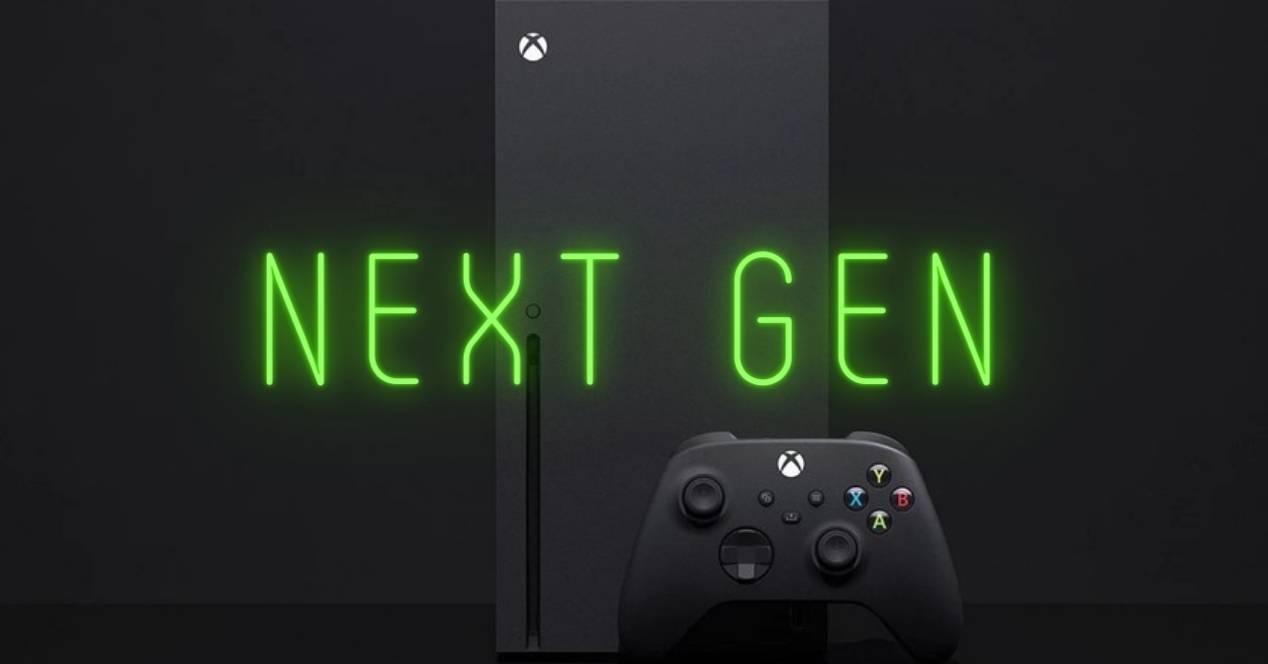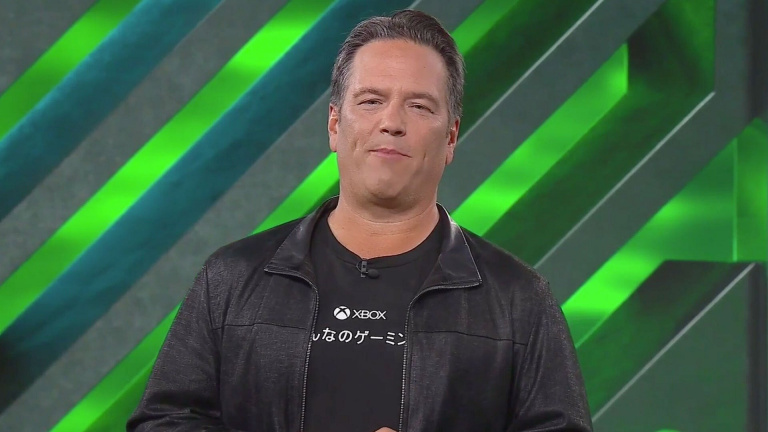The release of new consoles, whether they’re smaller and cheaper versions, more powerful iterations of current ones, or simply generational leaps that wipe the slate clean, has been the norm in the industry since the days of the first Atari. Even though it may not look like it, time flies and more than two years have passed since the launch of the Xbox Series. So it’s time to talk about Microsoft’s next bet.
A new Xbox Series on the way?
In recent hours, images of Microsoft’s booth at the video game developer conference, GDC, have leaked. Where you can see an informative montage of all the Xbox models to date and what’s surprising is the fact that it doesn’t end with the Xbox Series, but it looks like there is a model beyond that. While we have to assume that there will be more consoles in the future, the fact that Microsoft acknowledges their existence is significant. Moreover, those in Redmond have alre ady presented their new consoles a year in advance with names like Project Scorpio, Xbox One X and Project Scarlett, Xbox Series X.
In the image, the fact that the Xbox Series S does not appear is striking, although it is not the flagship console, it makes us think that the next iteration will be the most powerful console that Microsoft has launched to date. At the same time, AMD’s technology since they finished their current console has evolved enough to consider an improved version of the current system compatible with all games on the platform.
Ryzen 7040 APUs as a model for the new Xbox chip
Much of the technology used in the Xbox Series X came from AMD’s Ryzen 4000 PC chips, at least for the CPU part and the main processor communication. Other things are unique to the console, like a large integrated GPU and GDDR6 memory on a 320-bit bus.
Obviously, they are not going to develop these elements again when they have already done them for PC and they can perfectly use them on Xbox.
- The main chip of the new Xbox could be built on TSMC’s 4nm node, the same one used by AMD laptop processors and the NVIDIA RTX 40. This would allow Microsoft to use some elements unchanged in the new Xbox series.
- The two clusters of 4 cores each with a Zen 2 architecture would become a Zen 4 sub-architecture with the same configuration in number of cores.
- The central part of the chip and in charge of communication will be that of Ryzen 6000 and later, which will reduce the average consumption of the chip and achieve higher clock speeds or achieve the same by generating less heat. We’ve seen this change before in the Oberon Plus chips in the latest PS5 models.
We don’t know if Microsoft will reduce the chip size this time, so far it has remained at 360mm², but the cost per mm² of chips has increased and it may be profitable for Microsoft to reduce the size of the chip. .
With specialized AI and RDNA 3 hardware
The Ryzen AI Block, which is a small NPU that allows the CPU and GPU to offload some lightweight tasks designed for Deep Learning and Machine Learning, could be included in the new Xbox. This block would go completely away from the changes that AMD would have made to the GPU that would be the product of using the RDNA 3 architecture.
We don’t know how many GPU cores we’re going to see in the next Xbox, if it’s a much better console than the current Xbox Series X it needs to have a figure of 52 or more cores. Of course, the use of the RDNA 3 architecture will allow you to achieve 24 TFLOPS of 32-bit floating point power
Better capabilities for Ray Tracing
At the same time, RDNA 3 will give the console enhanced ray tracing capabilities by integrating improvements in this aspect of the new architecture into the new console, but this will require developers to create specialized patches for the new architecture. In any case, the impact on the frame rate per second of Ray Tracing will be much less on the new Xbox Series.
Another of the improvements that we can see in this regard is a greater amount of RAM, the Xbox Series X could perfectly have 20 GB of RAM, but it has 16 GB because it combines 1 and 2 GB memory chips. We don’t know what VRAM densities will be available by 2024, we don’t believe it will use GDDR7 due to the fact that in 2024 it will be saved for high-end graphics cards that can sustain its initial cost. In any case, having additional memory to store the BVH tree necessary for Ray Tracing is an addition that will not cost Microsoft anything.
Table of Contents











